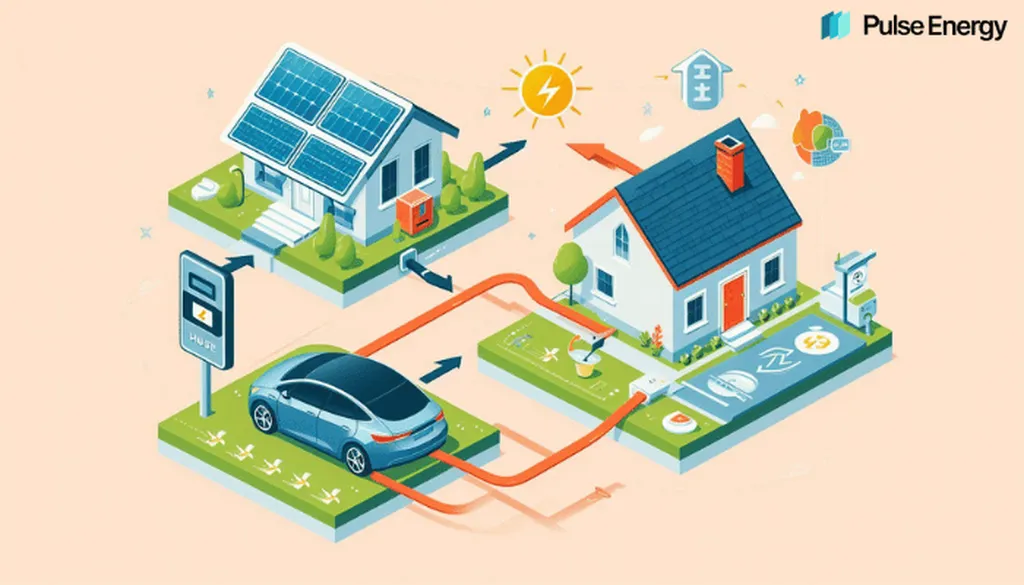In the rapidly evolving landscape of electric vehicles (EVs), a groundbreaking study published in the *Journal of the Internet of Things* (物联网学报) sheds light on a promising solution to one of the industry’s most pressing challenges: optimizing charging services in intelligent transportation systems (ITS). Led by Keyang Zhang, the research delves into the potential of vehicle-to-vehicle (V2V) charging, a concept that could revolutionize how we think about energy distribution and consumption in the EV sector.
As the EV market continues to grow, the limitations of traditional grid-to-vehicle (G2V) charging infrastructure have become increasingly apparent. “The existing structure of energy consumption needs to adapt to the dynamic changes in demand,” Zhang explains. “Traditional G2V charging models struggle to meet the large-scale parallel charging demands of EVs under limited charging infrastructure conditions.” This is where V2V charging steps in, offering a flexible and efficient alternative.
V2V charging leverages the potential of smart EVs as mobile distributed energy storage units. By allowing EVs to charge one another, this model can alleviate the time and space constraints of G2V charging. “V2V charging facilitates flexible energy supply, offering a new approach to optimizing EV charging services,” Zhang notes. This innovation not only supports the development of future ITS but also opens up new avenues for commercial opportunities in the energy sector.
The study categorizes V2V charging management schemes from a technical emphasis perspective and elaborates on various optimization strategies. By reviewing recent research, Zhang provides a comprehensive overview of the current state of V2V charging and its potential applications. The findings suggest that V2V charging could play a pivotal role in the future of intelligent transportation, offering a scalable and efficient solution to the challenges posed by the growing number of EVs.
The implications of this research are far-reaching. For the energy sector, V2V charging presents a unique opportunity to optimize energy distribution and consumption. By integrating V2V charging into existing infrastructure, energy providers can enhance the reliability and efficiency of their services, ultimately benefiting both consumers and the environment.
As the EV market continues to expand, the need for innovative solutions to charging infrastructure challenges becomes increasingly urgent. Zhang’s research offers a compelling vision of the future, one where V2V charging plays a central role in the evolution of intelligent transportation systems. “The development prospects of V2V charging in ITS are vast,” Zhang concludes. “This research opens up new avenues for future studies and commercial applications.”
In the quest for sustainable and efficient energy solutions, V2V charging stands out as a beacon of innovation. As the energy sector continues to evolve, the insights provided by Zhang’s research will undoubtedly shape the development of future technologies and strategies, paving the way for a more connected and efficient transportation ecosystem.

